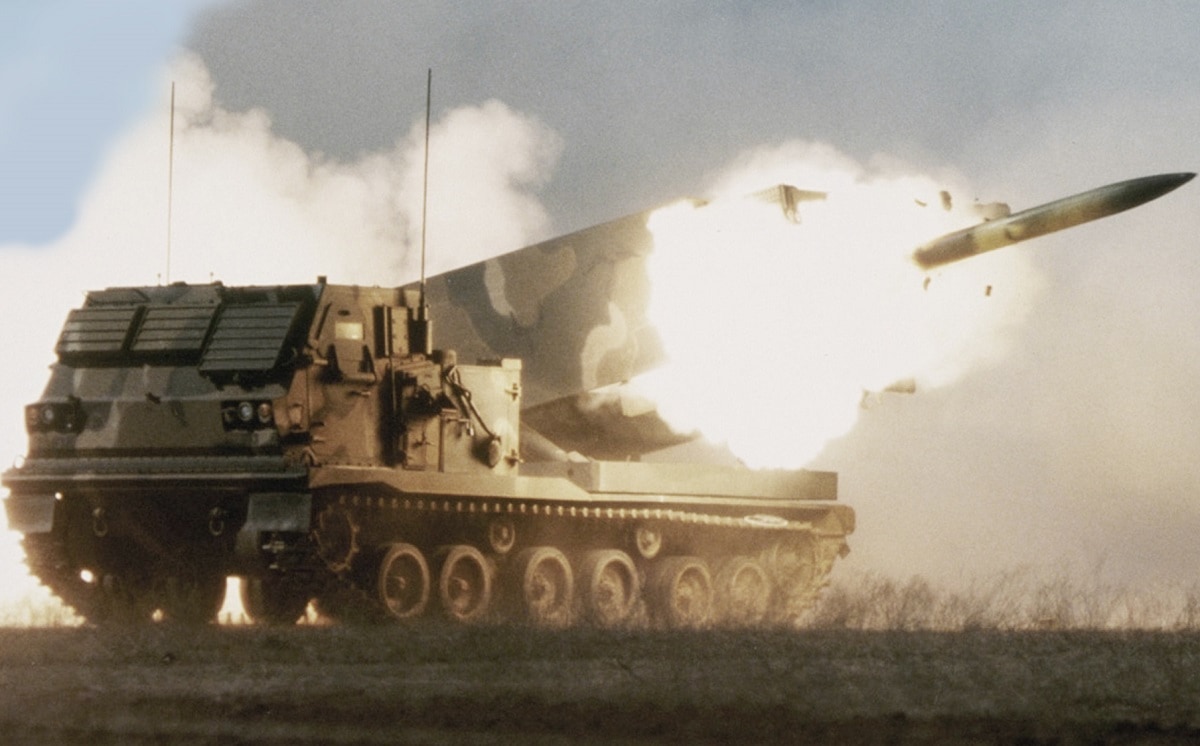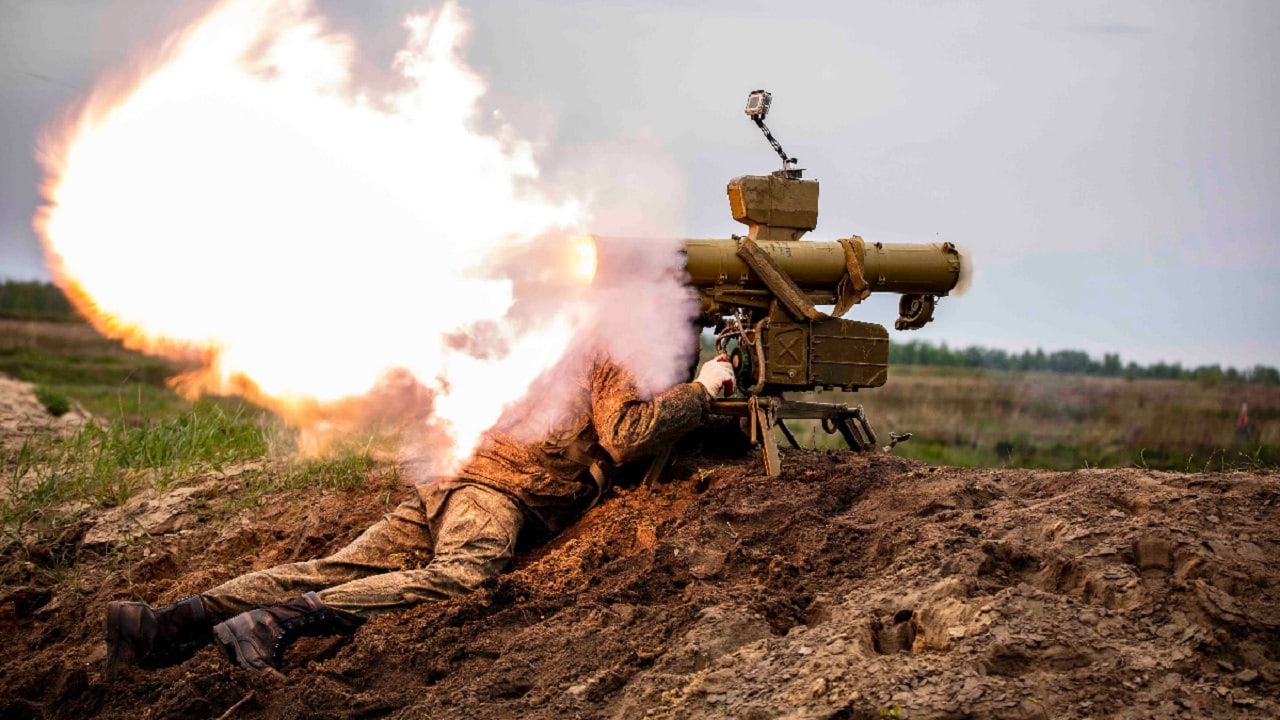More than seven months have passed since the Russian military invaded Ukraine, and the war is going horribly for the aggressors.
On day 215 of the war in Ukraine, the Ukrainian forces continue to push in the east and the south with their counteroffensives.
Russian Dambusters But With a Twist in Ukraine
This month, the Russian military has used short-range ballistic missiles to strike two dams in central Ukraine in an attempt to halt or delay the Ukrainian advances. The Ukrainian forces are advancing downstream of the dams, and the Russian strikes against the dams were intended to flood the crossing points of the Ukrainian military. However, the dams are far away enough from the crossing points, and the bridge-crossing capabilities of the Ukrainian forces are robust enough for the strikes to have been largely in vain.
Destruction of such important infrastructure is in sharp contrast to the previous Russian practice of avoiding large-scale damage to important socioeconomic and transportation functions in occupied Ukraine.
The Kremlin’s goal, after all, is to capture and occupy Ukraine, and destroying key infrastructure in a land you wish to exploit is counterproductive and a measure of last resort.
The Russian Casualties in Ukraine
Russian President Vladimir Putin might have called a partial mobilization that is expected to produce 300,000 new troops for his mauled frontline units, but until those troops end up in Ukraine, the Russian military continues to take a serious beating. (It should be noted that even with the reinforcements, the prospects of the Russian military aren’t exactly promising).
Overall, the Ukrainian Ministry of Defense claimed that as of Monday, Ukrainian forces have killed approximately 57,200 Russian troops (and wounded approximately thrice that number), destroyed 260 fighter, attack, and transport jets, 224 attack and transport helicopters, 2,290 tanks, 1,369 artillery pieces, 4,857 armored personnel carriers and infantry fighting vehicles, 330 Multiple Launch Rocket Systems (MLRS), 15 boats and cutters, 3,711 vehicles and fuel tanks, 172 anti-aircraft batteries, 970 tactical unmanned aerial systems, 131 special equipment platforms, such as bridging vehicles, and four mobile Iskander ballistic missile systems, and 241 cruise missiles shot down by the Ukrainian air defenses.
Russian Mobilization: Will It Help Win the Ukraine War?
Putin has called 300,000 reservists to report for duty and deploy to frontline units fighting in Ukraine. But that doesn’t necessarily translate into a more combat-effective Russian military.
To begin with, many of the Russian reservists haven’t had any military training for years. Moreover, the Russian military training system places more emphasis on on-the-job training at the unit rather on basic training, contrary to what the U.S. military is doing.

Image: Lockheed Martin.
“The lack of military trainers, and the haste with which Russia has started the mobilisation, suggests that many of the drafted troops will deploy to the front line with minimal relevant preparation. They are likely to suffer a high attrition rate,” the British Military Intelligence assessed in its latest estimate on the war.
Expert Biography: A 19FortyFive Defense and National Security Columnist, Stavros Atlamazoglou is a seasoned defense journalist specializing in special operations, a Hellenic Army veteran (national service with the 575th Marine Battalion and Army HQ), and a Johns Hopkins University graduate. His work has been featured in Business Insider, Sandboxx, and SOFREP.

